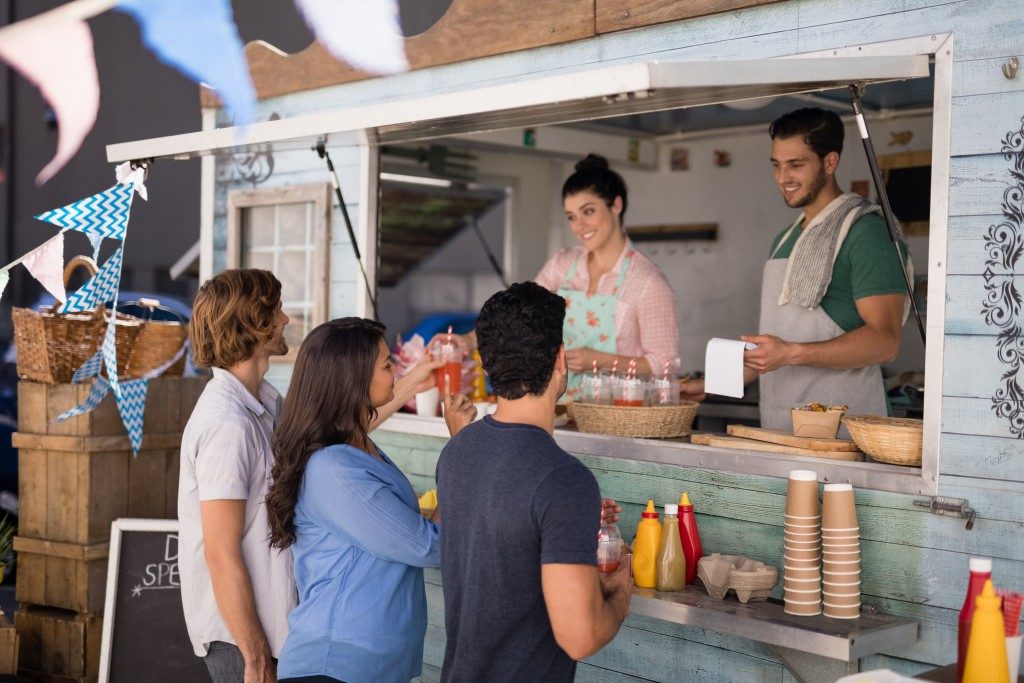Location is significant to the profitability of any business. A strategic location that allows your customers to easily visit your franchise increases your profit. This is due to the accessibility of your stall that allows them to buy more of your products. These are places where you’ll typically reach your target market.
But what if you could gain more revenue by placing your stall in a non-traditional space with equally high foot traffic?
Why Non-Traditional Spaces Work
Traditional locations for franchises are retail spaces in malls, as standalone stores, or in any other space where customers expect to find food stalls. In contrast, non-traditional locations are spaces where people don’t expect to see food stalls.
Similar to traditional locations, non-traditional spaces are still high-traffic areas, with more than one kind of target consumer as your possible customer. This unusual placement results in increased customer traffic and as an effective advertising tactic for your brand’s products and services.
High-traffic, non-traditional spaces where your food stall can thrive are: zoos, amusement parks, airports, grocery stores, college campuses, local parks, train stations, stadiums and arenas, and concert venues.
The people that frequent these places might want to grab a bite before, during, or after their activities in that area and come to your shop that sells soft pretzels, hotdogs or ice cream.
Non-traditional spaces offer your business prime spots to provide customers with your services without the same competition that food stalls have in traditional franchise locations. This also serves as a marketing tactic for your brand. Putting up food stalls in places where people don’t expect to see your business exposes your brand to customers outside of your intended market. This exposure to a new customer base increases brand visibility and impacts your business positively.
The more people learn about your brand, and your products and services, the more opportunities you have for improving revenue. Additionally, opting for non-traditional spaces scales down your business, allowing you to concentrate on a few best sellers off your menu. This product concentration allows you to highlight specific food items, and works best when you want to introduce a new product to the market.
Reduce Costs and Increases Profit

A smaller stall means smaller expenses. Non-traditional locations usually piggyback on other business facilities on space, equipment, seating, parking and insurance, so there’s less for the business to pay on their own. These franchises rely on shared equipment and shared spaces.
Additionally it’s also possible for franchises in non-traditional spaces to collocate with other brands to cut down on expenses. Non-competing food stalls can share space and attract customers by providing them with a “restaurant” with different kinds of food and drink options.
Non-traditional spaces have a symbiotic relationship with its host. Food stalls within malls and grocery stores benefit from its host when they launch sales and events that bring a lot of customers in. The same principles apply when airports have an increase in traffic, or during big events in campuses.
As a whole, placing your food stalls in non-traditional locations result in brand exposure and increased profit from customers outside your target market. It is a strategic move that puts you at an advantage over your competitors as you’re tapping into a market they might not have discovered yet.

